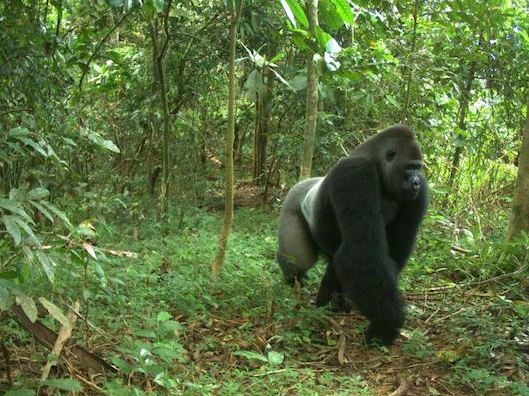How Gorillas Adapt to Forest Fragmentation
As forests continue to be fragmented due to human activities like logging and agriculture, wildlife faces new challenges. Understanding how gorillas adapt to these changes is vital not just for their conservation but also for the health of our ecosystems. This article explores the remarkable strategies gorillas employ in response to habitat fragmentation.
Navigating New Landscapes
Gorillas are intelligent and resourceful creatures, able to adapt their foraging strategies in fragmented habitats. Instead of relying solely on large tracts of forest, these primates have learned to exploit smaller patches, including areas near human settlements. They adjust their diets based on available resources, incorporating fruits, leaves, and even crops into their meals. This adaptability enables them not only to survive but also to thrive in environments that may seem hostile.
Social Structures in a Changing Environment
Gorillas have complex social structures that play a pivotal role in their adaptation to fragmented forests. In smaller groups, they may establish new social dynamics that allow for cooperative foraging and protection against threats. The presence of a strong silverback can help maintain cohesion and encourage the development of survival strategies. Moreover, these social bonds help gorillas communicate efficiently about food sources, ensuring that all members of the group benefit from their shared knowledge.
Behavioral Adjustments for Survival
Behaviorally, gorillas exhibit various strategies to cope with habitat changes. They may alter their daily routines, adjusting when and where they forage to avoid disturbances from human activity. This flexibility is crucial for their survival in an ever-changing landscape. Additionally, gorillas often use different travel routes to minimize exposure to threats. By choosing paths that keep them hidden or away from areas heavily influenced by humans, they can adapt their behavior while still finding necessary resources.
In conclusion, gorillas demonstrate fascinating resilience in the face of forest fragmentation. Their ability to adapt through dietary flexibility, modified social structures, and behavioral changes is a testament to their intelligence and survival skills. As we learn more about these adaptations, we can better support conservation efforts. If you’re interested in protecting gorillas and their habitats, consider getting involved with local conservation organizations or spreading awareness about the importance of forest preservation.

